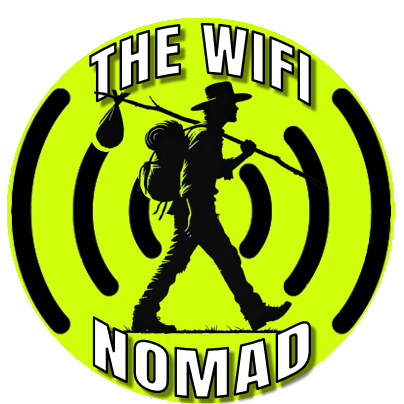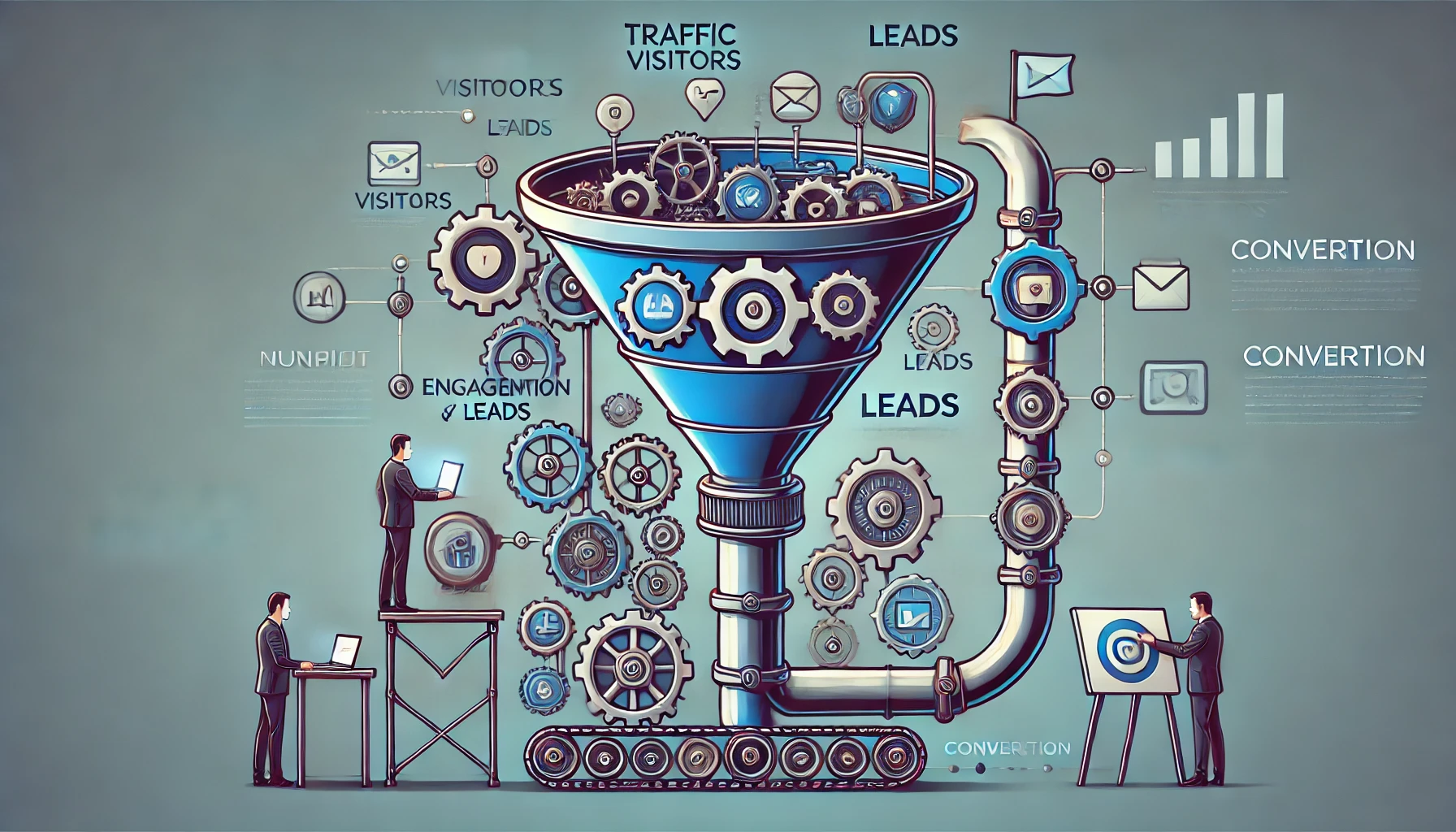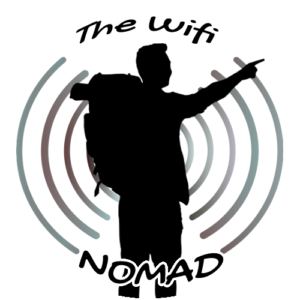I. Introduction
Have you ever wondered why certain businesses focus on giveaways while others jump straight into a paid offer? Or why some companies put all their energy into webinars, while others rely on affiliate partnerships? Every business is unique, and so is every sales funnel. In fact, one of the biggest advantages of online marketing is the ability to customize your funnel strategy to fit different products, services, and audiences.
In the previous articles, you learned the basics of sales funnels and the steps involved in guiding a potential customer from curiosity to purchase. Now it’s time to explore the different types of sales funnels you can use. Each funnel type has its own structure, goals, and best practices, and deciding which one to implement depends on what you’re trying to achieve. By the end of this article, you’ll have a clear roadmap for picking and applying the right funnel for your business model—even if you’re starting from scratch.
II. Lead Generation Funnels
A lead generation funnel focuses on capturing prospects’ contact information—usually an email address—in exchange for something valuable and free. These funnels are perfect if your primary goal is to build a list of potential buyers.
A. Definition
A lead generation funnel is a structured process that attracts visitors, piques their interest, and convinces them to share their details so you can follow up later. It’s like hosting a party where the invitation is a free eBook, mini-course, or webinar, and the RSVP is your visitor’s email.
B. Structure
- Landing Page
- Your landing page should highlight the benefit of the free offer, whether it’s a guide, video series, or checklist.
- Keep the page simple. Remove distractions and emphasize your call to action (CTA), which is usually a sign-up or opt-in form.
- Opt-In Form
- This is where users submit their details.
- A good opt-in form has minimal fields (often just name and email) and a clear description of what they’ll receive.
- Thank-You Page
- After submitting their email, visitors land on a quick “thank you” or confirmation page, which can either deliver the freebie directly or provide instructions on accessing it.
- Some marketers use this page to pitch a low-cost offer, introducing a small revenue opportunity right away.
- Email Follow-Up
- Once you have the lead’s information, you can begin a nurturing sequence—emails that deliver the promised freebie, build trust, and introduce relevant offers over time.
C. Best Practices
- Make the Offer Irresistible: Whether it’s a free meal plan, a time-saving template, or an exclusive webinar replay, your freebie should solve a real problem for the user.
- Focus on Benefits: Let visitors know what’s in it for them. A line like “Discover 5 Quick Workouts You Can Do Anywhere” will often outperform “Sign Up for Our Newsletter.”
- Optimize Your Landing Page: Test headlines and images. Keep the layout simple so readers don’t feel overwhelmed.
Affiliate Link Placeholder: If you need an easy way to build landing pages with high-converting templates, consider [Leadpages (affiliate link placeholder)] or [ClickFunnels (affiliate link placeholder)]. These platforms simplify the process and often come with built-in analytics to optimize your funnels.
D. Example
Imagine you run a travel blog. You offer a free “7-Day Budget Travel Itinerary” in exchange for an email address. Each day of your email sequence shares tips for cheap flights, hidden gems, and packing hacks. By the end, readers trust your expertise—and are primed to check out your affiliate offers, such as travel insurance or gear.
III. Tripwire Funnels
A tripwire funnel is all about quickly converting a lead into a paying customer—even if the initial purchase is small. This approach hinges on the idea that someone who has already purchased from you, even at a low price, is more likely to buy again at higher price points.
A. Definition
A tripwire is typically a low-cost offer that requires minimal commitment. The goal is to lower the barrier to purchase, turning a prospect into a buyer fast. Once the buyer’s wallet is open, you build trust and can introduce more expensive products down the line.
B. Structure
- Landing Page with a Low-Priced Offer
- The landing page highlights a product priced in the $5–$20 range. This might be a mini-course, a detailed eBook, or a small toolkit.
- The main selling point is value; your offer should appear far more valuable than its price tag.
- Checkout Page
- Keep it simple. Removing all navigation links can reduce distractions and improve conversions.
- Showcase any testimonials or “money-back guarantees” here.
- Upsell/Downsell Page (Optional)
- After the purchase, you can present another offer at a slightly higher price (an upsell) or a slightly lower one (a downsell), depending on the buyer’s behavior.
- This is where you might introduce your core product, membership program, or a higher-tier service.
- Follow-Up Emails
- A post-purchase email sequence can thank the buyer, provide product usage tips, and eventually pitch the next product in your funnel.
C. Why It Works
- Psychological Ownership: Once someone spends even a small amount, they become a customer in their own mind, and they value your future offers more.
- Trust-Building: A great first experience paves the way for bigger purchases. If they love the small product, they’ll be more open to spending more money with you.
Affiliate Link Placeholder: For streamlining this checkout and upsell process, [Systeme.io (affiliate link placeholder)] is a budget-friendly, all-in-one marketing platform that can handle everything from landing pages to automated upsells.
D. Practical Tips
- Keep the Offer Relevant: Your tripwire should align with your main product line. If you sell digital marketing courses, don’t offer a recipe book as your tripwire.
- Highlight Speed and Ease: Tripwires often sell best when they solve an immediate pain point quickly.
- Be Mindful of Pricing: You don’t want to underprice a truly comprehensive product, but the initial purchase should feel like a “no-brainer.”
IV. Webinar Funnels
Are you an expert in your field? Do you sell a product or service that requires in-depth explanation or a personal touch? If so, a webinar funnel may be your best bet. Webinars can be live or pre-recorded, but both are designed to engage, educate, and ultimately sell.
A. Definition
A webinar funnel uses an online presentation as the main event. You invite potential leads to register, deliver valuable content in a webinar format, and wrap up with an offer at the end. This format is especially effective for higher-ticket offers because it allows you to build trust and demonstrate real value before asking for a bigger commitment.
B. Structure
- Registration Page
- Attract people by clearly stating what they’ll learn in the webinar.
- Keep the sign-up process simple—typically just a name and email.
- You might also mention the date and time if it’s a live event, or note that a replay will be available.
- Confirmation + Reminder Emails
- Once someone registers, send them a confirmation email with event details.
- For live webinars, schedule a few reminder emails leading up to the presentation to reduce no-shows.
- Webinar Presentation
- Provide free, high-value content for the bulk of the webinar. Offer tips, case studies, or even demonstrations.
- Transition smoothly into your offer, highlighting how it solves the attendees’ problems more deeply.
- Sales Offer + Follow-Up
- Direct viewers to a specific sales page to purchase your product or service.
- Follow up with emails for those who didn’t buy immediately, often offering a replay link or addressing objections.
C. Advantages
- High Engagement: Attendees spend an extended period with you, building familiarity and trust.
- Education-Focused: Great for products that need thorough explanation or demonstration, such as software tools or coaching services.
- Authority Building: Hosting a webinar positions you as an expert in your niche.
Affiliate Link Placeholder: Tools like [WebinarJam (affiliate link placeholder)] or [Demio (affiliate link placeholder)] can help you manage registrations, reminders, and post-webinar follow-ups seamlessly.
D. Key Elements
- Strong Hook: Promise a major takeaway from attending.
- Interactive Features: Polls, Q&A sessions, or chat functions help keep interest levels high.
- Clear Call to Action: The transition from teaching to selling should be natural and straightforward. If your offer is high-ticket, consider including a bonus or a time-limited discount.
V. Affiliate Marketing Funnels
If you promote other people’s products for a commission, you’re engaged in affiliate marketing. While many affiliate marketers simply share links, using an organized funnel can significantly boost your results.
A. Definition
An affiliate marketing funnel is designed to “pre-sell” a product or service before sending prospects to the merchant’s page. Instead of tossing out a link and hoping for clicks, you guide potential buyers through a curated experience.
B. Structure
- Content or Landing Page
- This could be a blog post, video, or podcast episode that addresses a specific problem.
- Transition into explaining why the affiliate product is the solution.
- Free Resource or Email Capture
- Offering something like a “Top 5 Solutions to [Problem]” PDF in exchange for an email.
- Within this PDF (or subsequent emails), you provide more details on the affiliate product.
- Product Recommendation
- Once trust is built, you point them to your affiliate link.
- The prospect then lands on the merchant’s sales page or product page.
- Follow-Up
- If someone doesn’t buy right away, email them additional tips, use cases, or user testimonials.
- Remind them about the product’s main benefits or any upcoming sales or discounts.
C. Why This Matters
- Increases Conversion Rates: By warming up leads, you reduce the shock factor of sending people directly to a sales page they’ve never seen before.
- Long-Term Relationship: With an email list, you can promote additional relevant products in the future, rather than relying on one-off clicks.
Affiliate Link Placeholder: Platforms like [ConvertKit (affiliate link placeholder)] or [GetResponse (affiliate link placeholder)] can simplify your email follow-up, segmentation, and automation, making it easier to pre-sell affiliate products.
D. Tips for Success
- Choose Quality Offers: Promoting subpar products can damage your reputation.
- Personalize the Experience: Share how you’ve used the product or how it helped someone else.
- Be Transparent: Inform your audience that you’re using an affiliate link, as it fosters trust.
VI. Other Specialized Funnels
Not every funnel fits neatly into the categories above. Depending on your niche, you might explore different funnel models that cater to unique business goals.
A. Membership Funnels
- Goal: Enroll users into a recurring subscription or membership site.
- Structure: Landing page → low-cost (or free) trial → paid membership upgrade.
- Key Benefit: Recurring revenue. Once you get someone into a membership, you can nurture them consistently, and they can keep paying as long as they find value.
B. Application Funnels
- Goal: Ideal for coaching, consulting, or high-ticket services where you vet applicants before accepting them.
- Structure: Information page → application form → phone call or Zoom session → acceptance and payment.
- Key Benefit: Filters out casual inquirers and positions your service as premium.
C. eCommerce Funnels
- Goal: Sell physical products, often with upsells or cross-sells to increase average order value.
- Structure: Product page → cart → upsell/downsells → thank-you page with loyalty offers.
- Key Benefit: Maximizes revenue by using related product offers during checkout.
D. Points to Consider
- Match the Funnel to Your Product: For instance, a membership funnel might be great for online courses or exclusive communities, while an eCommerce funnel is better if you have a physical catalog.
- Test Different Models: Start with one funnel and add new ones as your business grows.
VII. Matching Funnel Types to Your Goals
With so many options, choosing the right funnel can feel overwhelming. The key is to align your funnel type with what you actually need.
A. Identifying Your Main Objective
- Build an Email List: Go with a lead generation funnel.
- Make Quick, Small Sales: A tripwire funnel helps you turn leads into customers fast.
- Sell High-Ticket Offers: Webinar funnels or application funnels often convert best.
- Promote Others’ Products: Affiliate marketing funnels let you pre-sell effectively.
B. Audience Considerations
- Trust Level: If your audience doesn’t know you yet, start by offering a valuable freebie.
- Complexity of the Product: High-ticket or complex products benefit from more extensive funnels like webinars or applications.
- Urgency: If your product solves a quick problem, a tripwire funnel might be enough to make the sale.
Affiliate Link Placeholder: Tools like [ClickFunnels (affiliate link placeholder)] or [Kartra (affiliate link placeholder)] can help you create multiple funnel types under one account, so you can test which works best for different offers.
C. Resources and Tools
- Email Marketing: ConvertKit, GetResponse, or AWeber.
- Landing Pages: Leadpages, Unbounce, or GroovePages.
- Webinar Tools: WebinarJam, Zoom, or Demio.
- Membership Platforms: Kajabi, Teachable, or Podia.
D. Case Study or Example
Let’s say you run a photography business and want to offer both a low-ticket digital product (like a Lightroom preset pack) and a high-ticket coaching program. For the presets, a tripwire funnel might be perfect, turning social media traffic into quick sales. For your coaching, a webinar funnel could build trust and showcase your expertise. By splitting your offers into two funnel types, you cater to different audience needs and price points.
VIII. Key Takeaways
- Multiple Funnel Types: There’s no one-size-fits-all. Each funnel—lead generation, tripwire, webinar, affiliate, membership, application, or eCommerce—serves a unique purpose.
- Strategic Alignment: Match your chosen funnel to your ultimate goal, whether it’s quick sales, list-building, high-ticket offers, or ongoing memberships.
- Flexibility Matters: You can combine elements from different funnels to create a hybrid approach. Testing is key.
- Quality Over Quantity: A single well-optimized funnel can outperform multiple haphazard attempts.
IX. Call to Action (CTA)
- Reflect on Your Current Offers
Ask yourself: “What am I selling, and which funnel type is most likely to resonate with my audience?” - Sketch Out a Funnel
Even a rough outline can help you see how your lead magnets, emails, and sales pages fit together. - Try a Funnel Builder
If you’re feeling stuck, check out an all-in-one tool (with your affiliate links if you have them) to get a head start. - Preview the Next Article
In our next installment, “Article 5: Optimizing Your Sales Funnel for Conversions,” we’ll dive into strategies to make sure every stage of your funnel is performing at its best. Get ready for tips on A/B testing, metric tracking, and more advanced tactics to boost your results.
X. Closing
Sales funnels aren’t just about plugging people into a single template and hoping for the best. They’re about choice and strategy. By picking the right funnel type for your business goals, you drastically improve your odds of turning leads into loyal, paying customers.
Remember, the funnel types we’ve covered are starting points—feel free to mix and match, experiment, and refine. The beauty of online marketing is that you can track your results, learn what works (and what doesn’t), and continually optimize. If you’ve made it this far, you’re well on your way to building a pipeline of prospects who’ll stick around for the long haul.


